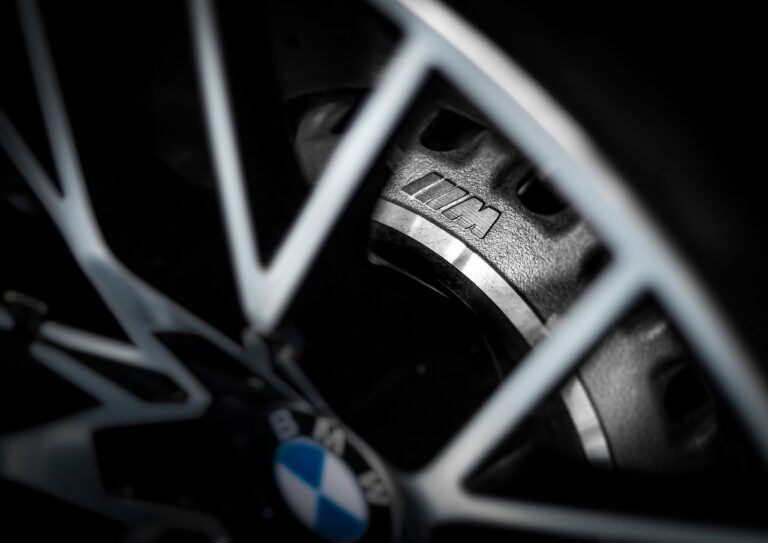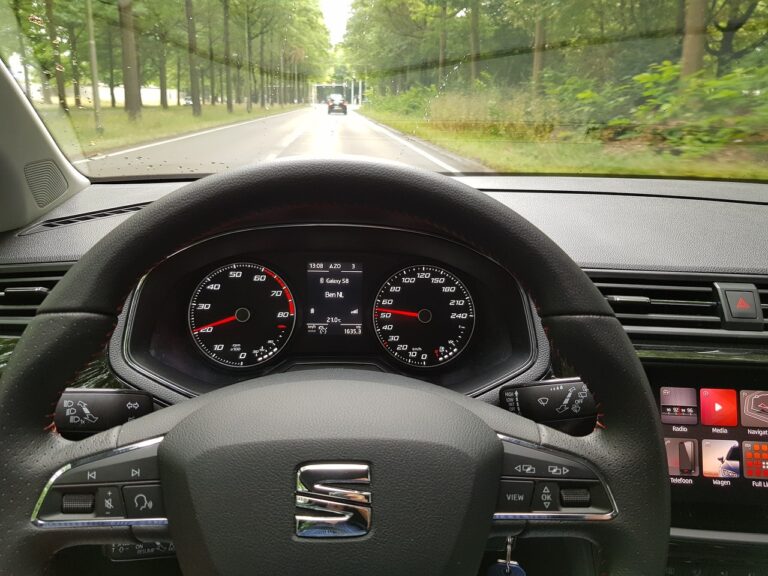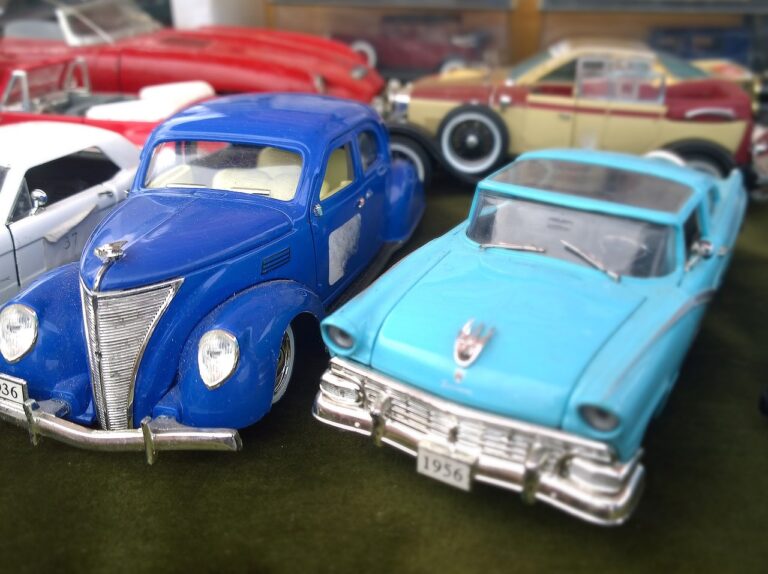The Impact of 3D Printing on Custom Car Parts Manufacturing
Custom car parts manufacturing has experienced a significant evolution over the years. In the past, producing custom parts typically involved extensive manual labor and machinery, resulting in high costs and long production times. However, advancements in technology have revolutionized the industry, paving the way for more efficient and cost-effective manufacturing processes.
The introduction of computer-aided design (CAD) software and 3D printing technology has been a game-changer for custom car parts manufacturers. These tools allow designers to create intricate and precise designs with ease, which can then be quickly translated into physical parts using 3D printing. This has not only reduced production times but has also opened up a world of possibilities in terms of design complexity and customization options for car enthusiasts.
The Advantages of 3D Printing in the Automotive Industry
3D printing technology has revolutionized the automotive industry by offering a wide array of advantages. One notable benefit is the ability to produce custom car parts with intricate designs and complex geometries that traditional manufacturing methods struggle to replicate. This customization potential allows for more tailored and innovative solutions in vehicle design and performance, meeting the specific needs and preferences of car enthusiasts and manufacturers alike.
Moreover, 3D printing enables rapid prototyping and low-volume production, reducing time and costs associated with traditional manufacturing processes. This agile manufacturing approach empowers designers and engineers to quickly iterate designs, test concepts, and bring new products to market faster than ever before. The flexibility and efficiency of 3D printing not only streamline the production process but also foster creativity and bold experimentation in the automotive sector.
Innovative Applications of 3D Printing Technology in Custom Car Parts
3D printing technology has revolutionized the way custom car parts are manufactured. This cutting-edge technology allows for intricate designs to be created with precision and speed, which was previously difficult to achieve with traditional manufacturing methods.
Furthermore, 3D printing enables car enthusiasts and manufacturers to produce unique and personalized parts that perfectly fit their specific needs and preferences. The ability to iterate designs quickly and test them in real time has significantly reduced the time and cost associated with developing custom car parts, making it more accessible to a wider range of consumers.
One of the innovative applications of 3D printing technology in custom car parts is the creation of complex and intricate designs that were previously impossible to manufacture using traditional methods.
With 3D printing, car enthusiasts and manufacturers can now produce unique and personalized parts that perfectly fit their specific needs and preferences, allowing for greater customization options.
The ability to quickly iterate designs and test them in real time has significantly reduced the time and cost associated with developing custom car parts, making it more accessible to a wider range of consumers than ever before.
What is the evolution of custom car parts manufacturing?
Custom car parts manufacturing has evolved from traditional methods like machining and molding to using advanced technologies such as 3D printing.
What are the advantages of 3D printing in the automotive industry?
3D printing offers faster production times, cost-effective customization, reduced material waste, and the ability to create complex geometries that traditional manufacturing methods cannot achieve.
How is 3D printing technology being applied in custom car parts?
3D printing technology is being used to create custom car parts such as interior trim pieces, exterior body panels, engine components, and even entire car bodies. This allows for greater design freedom and customization options for car owners.







